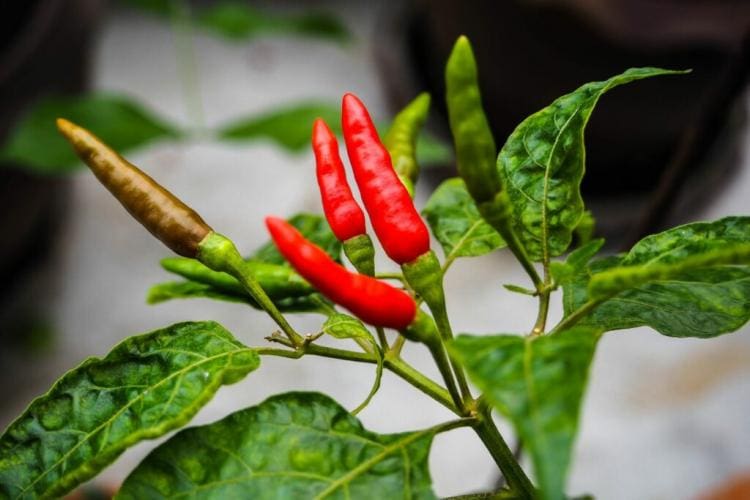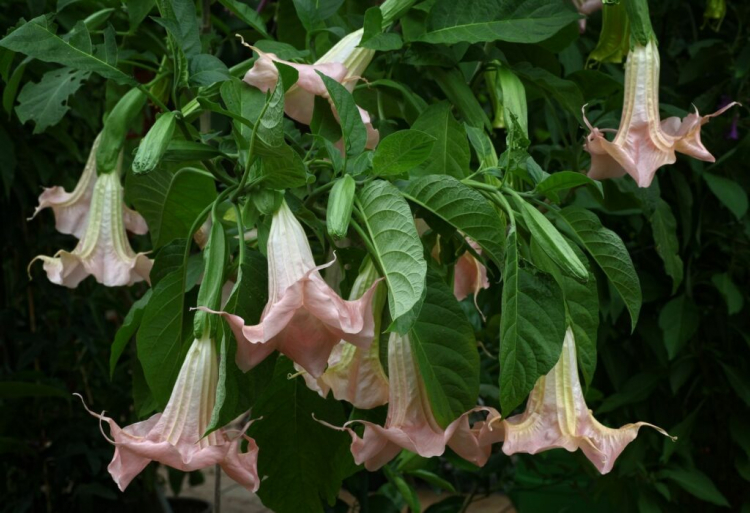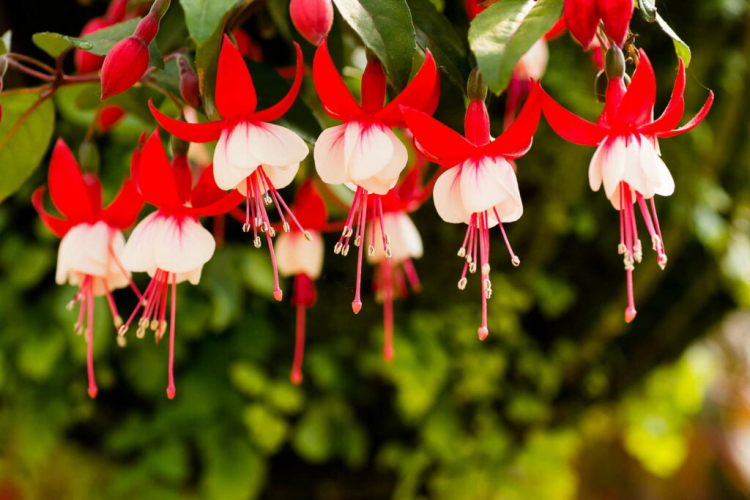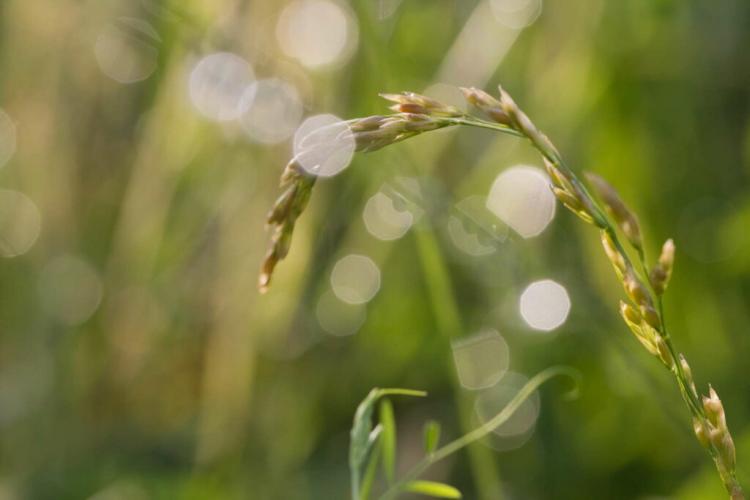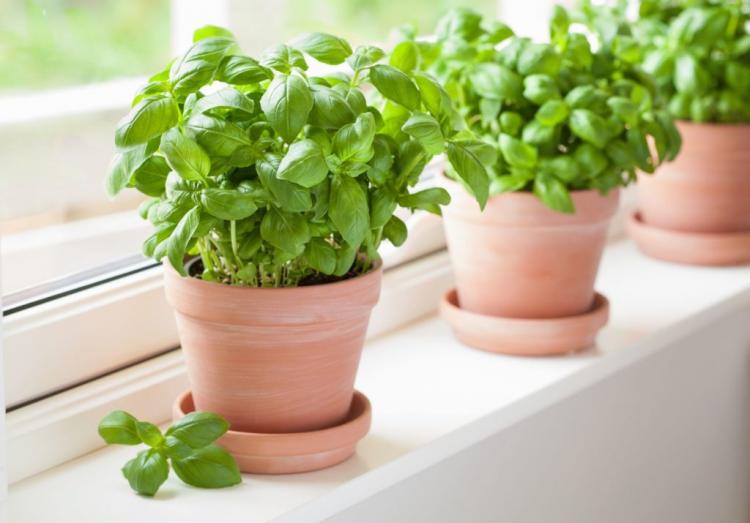Agrostis Capillaris: Properties And Use Of Common Bent
A fine and delicate lawn with a dense turf, even in the shade? No problem for the all-rounder Agrostis capillaris! With its dense foliage, the Common Bent survives many an inconvenience and is quite undemanding.
Agrostis Capillaris Profile
Table of Contents
| Characteristics | Spur-driving; dense growth; reddish flower rise; intense green leaf |
| Claims | Law-free; rather nutrient-poor, dry and moist soils |
| Durability | Good; forms dense grass scar; good ability to regenerate |
| Use | Shadow turf like shadow turf seed mix; Rolling turf; Golf turf; as a fodder grass |
| Germ duration and development | About two to three weeks until germination; slow youth development of seedlings |
| Cutting tolerance | Very good cut tolerance; also tolerates deep cuts |
| Specifics | Slow growth in biomass; undemanding and resistant; tolerates shadows |
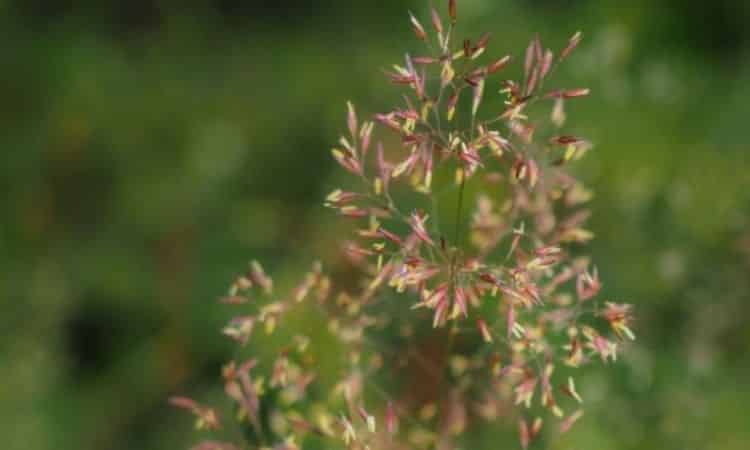
Agrostis Capillaris: Origin And Description
The Agrostis capillaris are used to adverse conditions and feel therefore even in the rough situations of the Alps extremely well. At least up to a height of 2700 meters, the grass type advances. But also otherwise the Common Bent grows naturally in wide parts of western Eurasia. In Germany, this representative of the Agrostis is widespread.
It thrives along river banks, on limy or moist soils, and in light oak and pine forests. The undemanding grass also grows on dry grassland. It copes well with sandy soils, few nutrients, and acidic forest soils and grows about 20 centimeters high. In June the characteristic flower panicles appear, which at heights of up to 65 centimeters appear like delicately reddish shimmering clouds.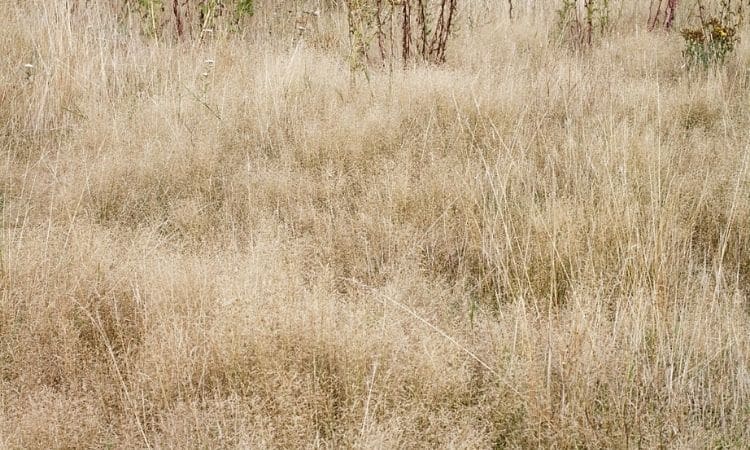
With their fine and dense leaves, the grass plants form a beautifully closed sward. In combination with good shade tolerance, this makes it an important component of shade turf. Subterranean and creeping shoots close the gaps that often appear in shady areas. In addition, the runners allow the grass to multiply optimally. The high resistance of the plant is also remarkable. Agrostis capillaris tolerate few nutrients, drought, and a deep cut without problems.
Characteristics And Use Of The Agrostis Capillaris
Due to its high resistance, the Common Bent is often found on the mountain meadows and alpine pastures of the Alps. There it serves grazing animals as tasty fodder. But also in milder climates, Agrostis capillaris is often sown. The intense green and fine leaves are an optical enrichment for many lawn seed mixtures. The grass also has a good tolerance for shade.
For these reasons, you will also encounter the Agrostis capillaris in our Gardender shade grass. In addition, the grass is a very popular component of golf lawns due to its treadable and dense turf and can even be found in many a rolled lawns. The grass survives even longer dry periods and can close arisen gaps again independently. So lawn repairs are rarely necessary.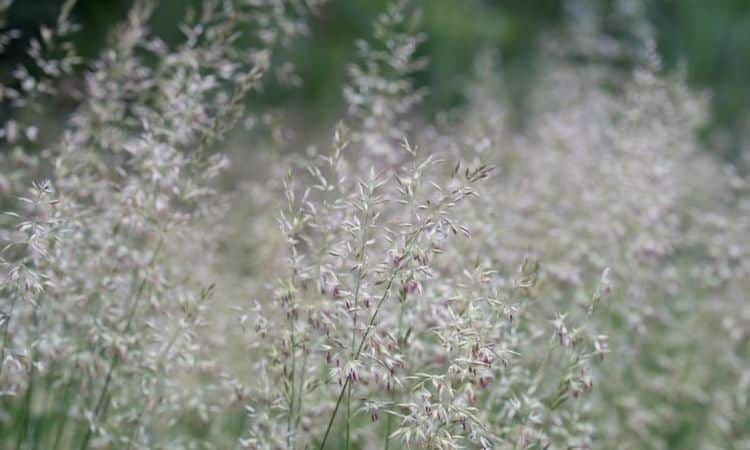
No wonder that the Agrostis capillaris is best suited for lawn seeds. Under suitable conditions, however, the grass tends to displace other grass species, which is why it is widespread in many places in Europe. For this reason, Agrostis capillaris is only added to our Gardender shade grass in a small proportion.
Different Varieties Of Agrostis Capillaris
The varieties ‘Jorvik’, ‘Barking’, and ‘Heriot’ are excellent for ornamental lawns. All three form dense turf and can also tolerate deep cuts. While ‘Barking’ and ‘Heriot’ turn green very early in the year, the ‘Jorvik’ variety is a little behind. But its green is darker than the other two varieties. The ‘Highland’ variety, on the other hand, does not fit well into the lawn in the garden, as it does not grow as densely and does not tolerate deep cuts very well.

